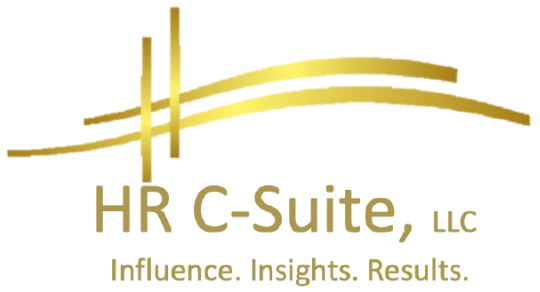In the bustling world of business, where every second counts and efficiency is king, there's a narrative that's often whispered in the halls of industry: you can streamline, but at what cost to quality? Here's the plot twist – it's entirely possible to dance the efficiency dance without stepping on the toes of quality. Let's dive into this story of how to streamline operations while ensuring the quality remains not just intact but enhanced.
The Balancing Act: Efficiency Meets Quality
Imagine you're at a circus, watching a tightrope walker. On one side, there's efficiency, pushing for speed and cost-effectiveness. On the other, quality, demanding attention to detail and excellence. The performer, your business, must walk this line with grace.
The key is understanding that efficiency isn't about cutting corners but about cutting out the unnecessary. It's about orchestrating your operations so that every move, every decision, adds value without compromising the show's finale – the quality of your product or service. This isn't a zero-sum game where more efficiency means less quality. Instead, it's about finding harmony where both can thrive.
The Art of Process Simplification
Picture a chef in a bustling kitchen. They don't have time for complex, sprawling recipes when a simple, elegant dish can delight just as much. Here's how we apply this to business:
Instead of a labyrinth of processes, aim for a straight path from kitchen to table. This means examining each step of your operations, asking, "Does this add value?" If not, it's time for it to go. For instance, if multiple approvals are slowing down product delivery without adding significant quality checks, simplify. Perhaps one expert eye is enough rather than several, reducing wait times while maintaining quality.
Automation can be your sous-chef here, handling repetitive tasks like data entry or basic customer inquiries, allowing your human talent to focus on the nuanced, quality-driven aspects of the work. Automation doesn't mean de-humanizing the process; it means empowering your team to do what humans do best – innovate, create, and ensure quality.
Leveraging Technology for Quality Control
Now, envision a master jeweler using magnifying tools to ensure every gem is perfect. Technology in operations is like those tools, magnifying efficiency while ensuring quality:
Implement quality management software that tracks defects or issues in real-time, allowing you to address problems before they affect the customer. It's like having a quality inspector on every line, every second, without the physical presence.
Use data analytics to predict quality issues before they arise. Imagine knowing which part of your process might fail based on historical data, allowing you to reinforce that area before it becomes a weak link. This predictive approach means you're always one step ahead, streamlining by preventing quality dips.
The Human Element: Training and Culture
Think of your workforce not just as employees but as artisans in your business. Their skills and understanding are what maintain quality:
Continuous training isn't just about keeping skills sharp; it's about aligning everyone with the ethos of efficiency without sacrificing quality. Workshops, simulations, or even gamified learning can turn learning into an engaging process where quality is part of the game.
Cultivate a culture where quality is everyone's responsibility. Imagine a scenario where every team member feels empowered to stop the production line if they spot a quality issue. This isn't just about control; it's about fostering a sense of ownership and pride in what's produced, ensuring that efficiency measures don't overlook the human touch.
Lean on Lean: The Philosophy for Streamlining
Lean into the philosophy of Lean – not just as a methodology but as a way of thinking. Imagine a garden where you're not just pruning but growing more with less:
Lean principles focus on eliminating waste, which includes activities that don't add value. This isn't about rushing through tasks but about doing them right the first time, reducing rework. It's about streamlining by ensuring quality at each step, making each action count.
Visual management, a key Lean tool, can help everyone see where quality stands at a glance. Think of dashboards or visual cues in the workplace that show process efficiency and quality metrics, keeping everyone informed and aligned.
The Feedback Loop: Continuous Improvement
Lastly, consider your operations like a play where the audience's reaction shapes the performance. Feedback is crucial:
Establish a robust feedback mechanism where quality insights from customers, employees, or even machines flow back into the process. This isn't just about fixing what's broken but about enhancing what works. It's a cycle of listening, learning, and improving, ensuring that as you streamline, you're also elevating quality.
Celebrate and analyze successes. When a streamlined process leads to a quality product or service, dive deep into what made it work. This analysis can guide future streamlining efforts, ensuring they're quality-focused from the start.
Wrapping it Up
In this narrative of modern business, streamlining operations without sacrificing quality is not just a goal; it's an art form. It requires a nuanced approach where efficiency and quality are not adversaries but partners in a dance. By simplifying processes, leveraging technology, investing in people, embracing lean thinking, and creating a feedback-rich environment, businesses can achieve this balance.
The story here isn't about doing more with less but about doing better with what you have, ensuring that in the pursuit of efficiency, the essence of quality shines through more brightly than ever.
